Complete guide to English lavender care
English lavender will bring soothing scents and pops of colour to any classic cottage garden.
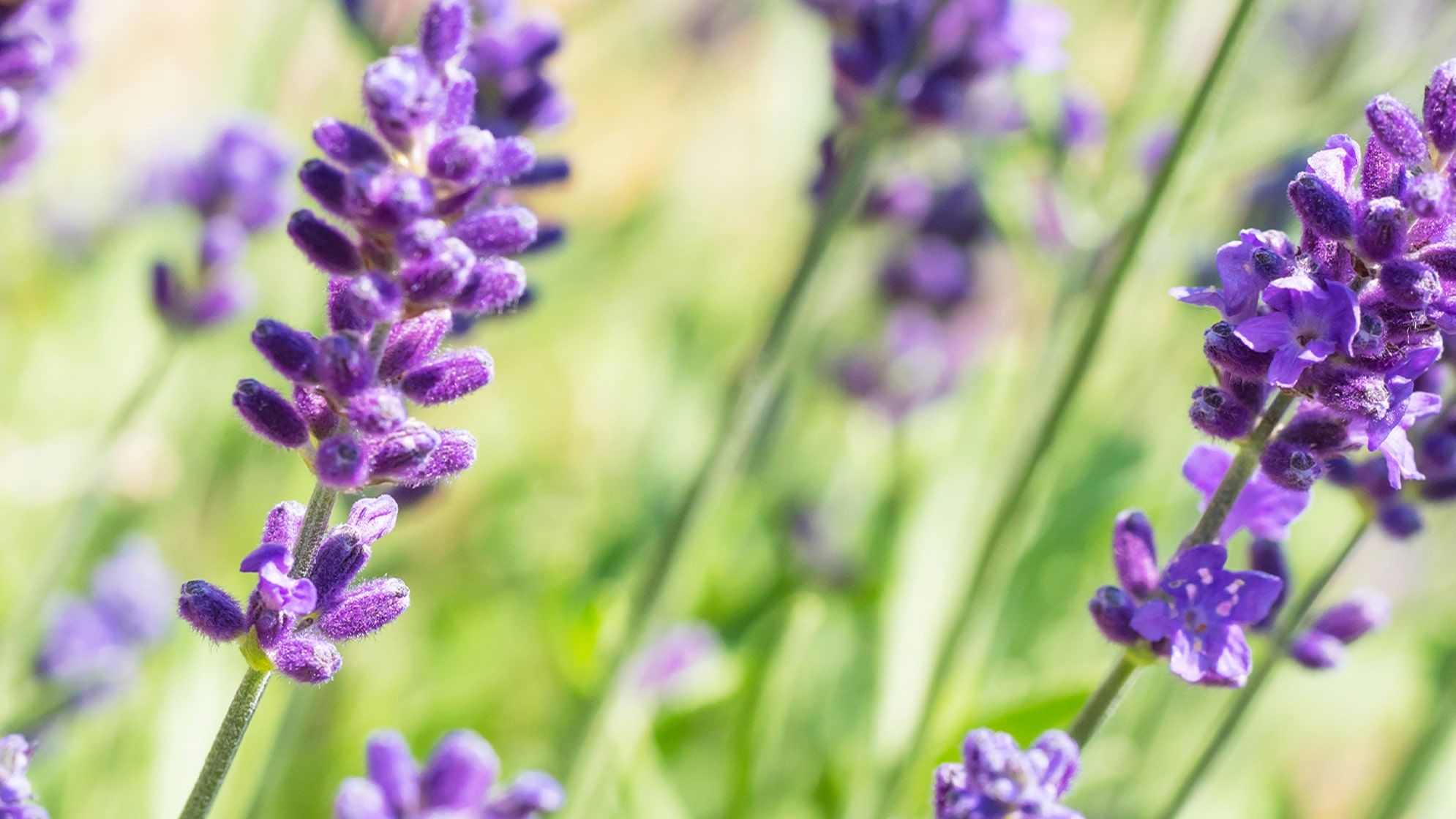
Lavender 'angustifolia', also known as English lavender, is a popular and versatile herb that is well-loved for its beautiful scent and attractive foliage. We call her Vanda. Here’s what you need to know:
- It will thrive in the sunshine, so pop it in a sunny spot like a windowsill
- Plant your lavender in well-draining soil, it doesn’t like its soil too moist
- When its flowers begin to fade and die back, just give it a good trim back to 10-20cm above the soil
About English lavender
Commonly grown for its aromatic oils, which are used in perfumes, soaps, and other products, English lavender is a gorgeous addition to your outside space. It blooms in midsummer and tends to stay in flower for 3-4 weeks. After the buds open, trim off a bunch of the stalks and use them in essential oils for some aromatherapy action, or in tea as a sleep aid.
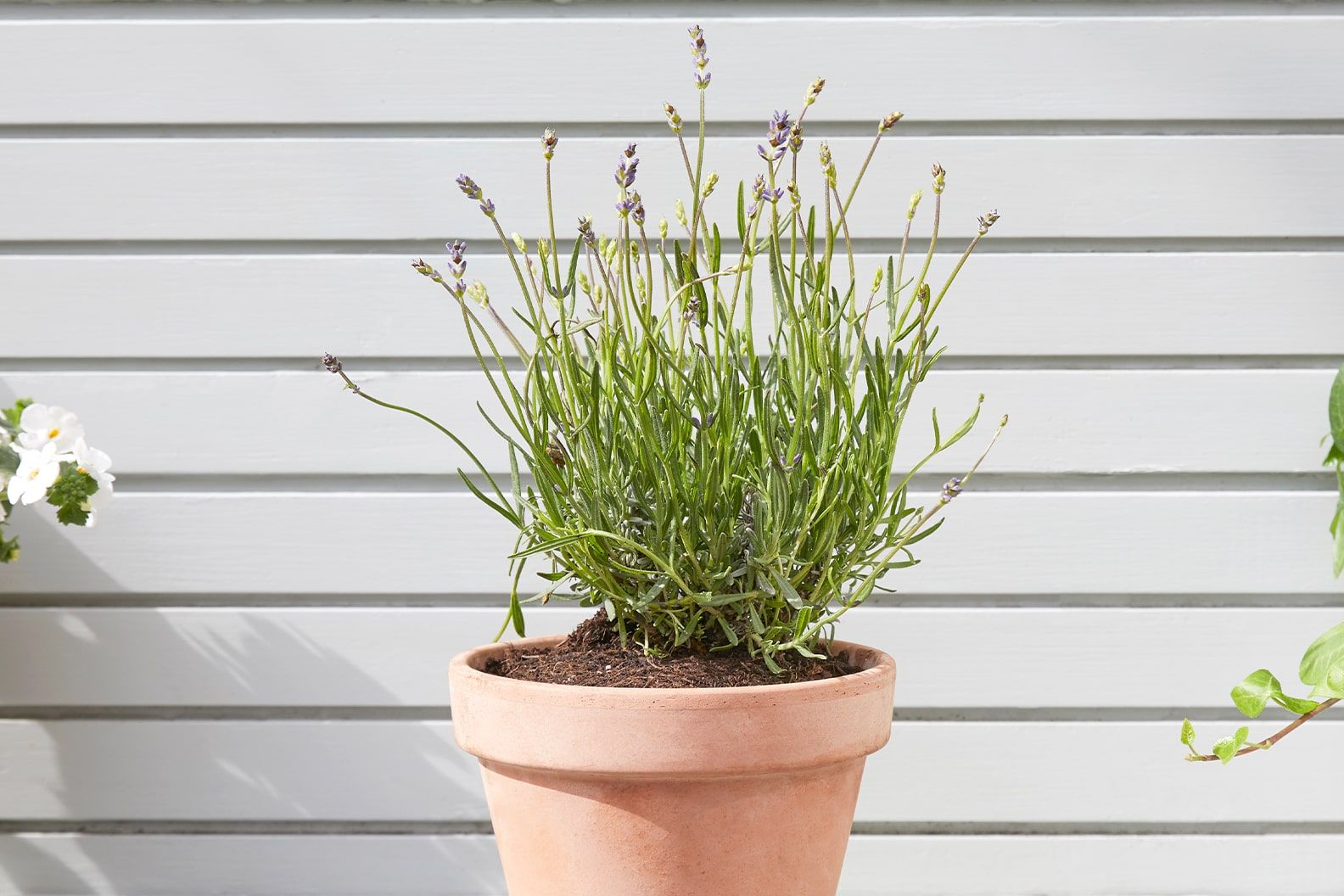
How much light does my English lavender need?
Lavender 'angustifolia' plants prefer full sun, which means they need at least six hours of direct sunlight each day, but the more the better. Place your plant on a south-facing windowsill or in a sunny spot in your garden.
How often should I water my English lavender?
Lavender 'angustifolia' plants don’t like to be overwatered. They prefer well-drained soil and should be watered deeply only when the top inch of soil is dry. Be careful not to water too frequently, as this can cause the roots to rot.
What type of soil does my English lavender need?
Lavender 'angustifolia' plants prefer well-drained soil. You can use a commercial potting mix designed for herbs or create your own mix using equal parts of compost, sand and perlite. If you’re planting it into a pot or trough, make sure the pot has drainage holes to avoid waterlogging.
Should I fertilise my English lavender?
Do I need to prune my English lavender?
Common English lavender pests and diseases
Lavender 'angustifolia' plants are relatively pest and disease-resistant. However, you might spot the occasional spider mites, aphids, and mealybugs. You can keep these pests under control by spraying your insecticidal soap.
How should I look after my English lavender in winter?
Lavender 'angustifolia' plants are hardy perennials that can survive winters in UK gardens, as long as they’re protected from frost. If you live in a cold climate, cover your plant with a protective layer of mulch or fleece during the winter months to keep it warm and toasty.
English lavender is a wonderful herb that’s easy to care for and produces beautiful blooms and fragrant oils. By following these care tips, you can keep your plant happy and healthy.
Rewild your inbox
Plant tips. Special offers. No spam.
You might like
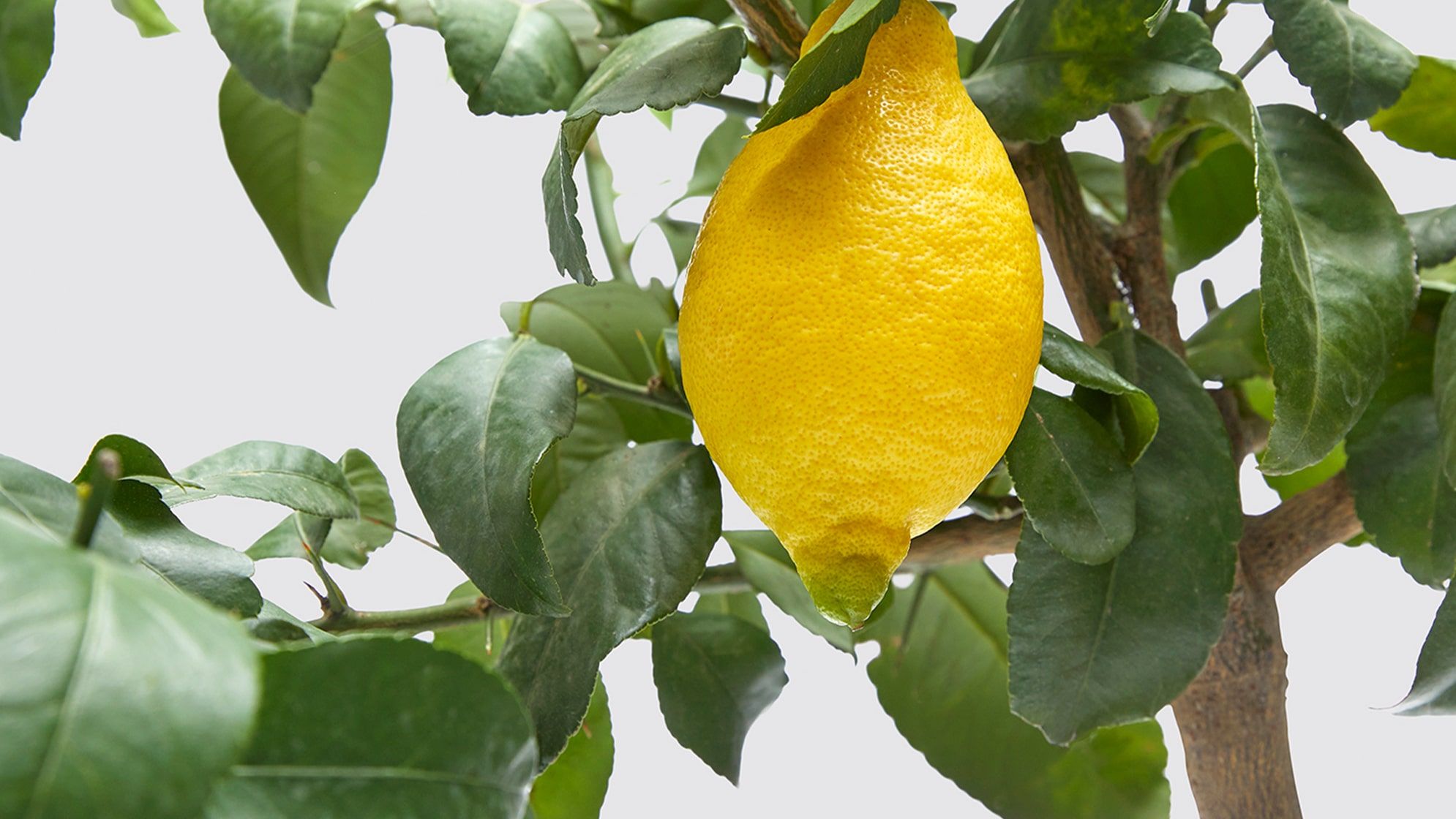
Complete guide to lemon tree care
It's easy squeezy
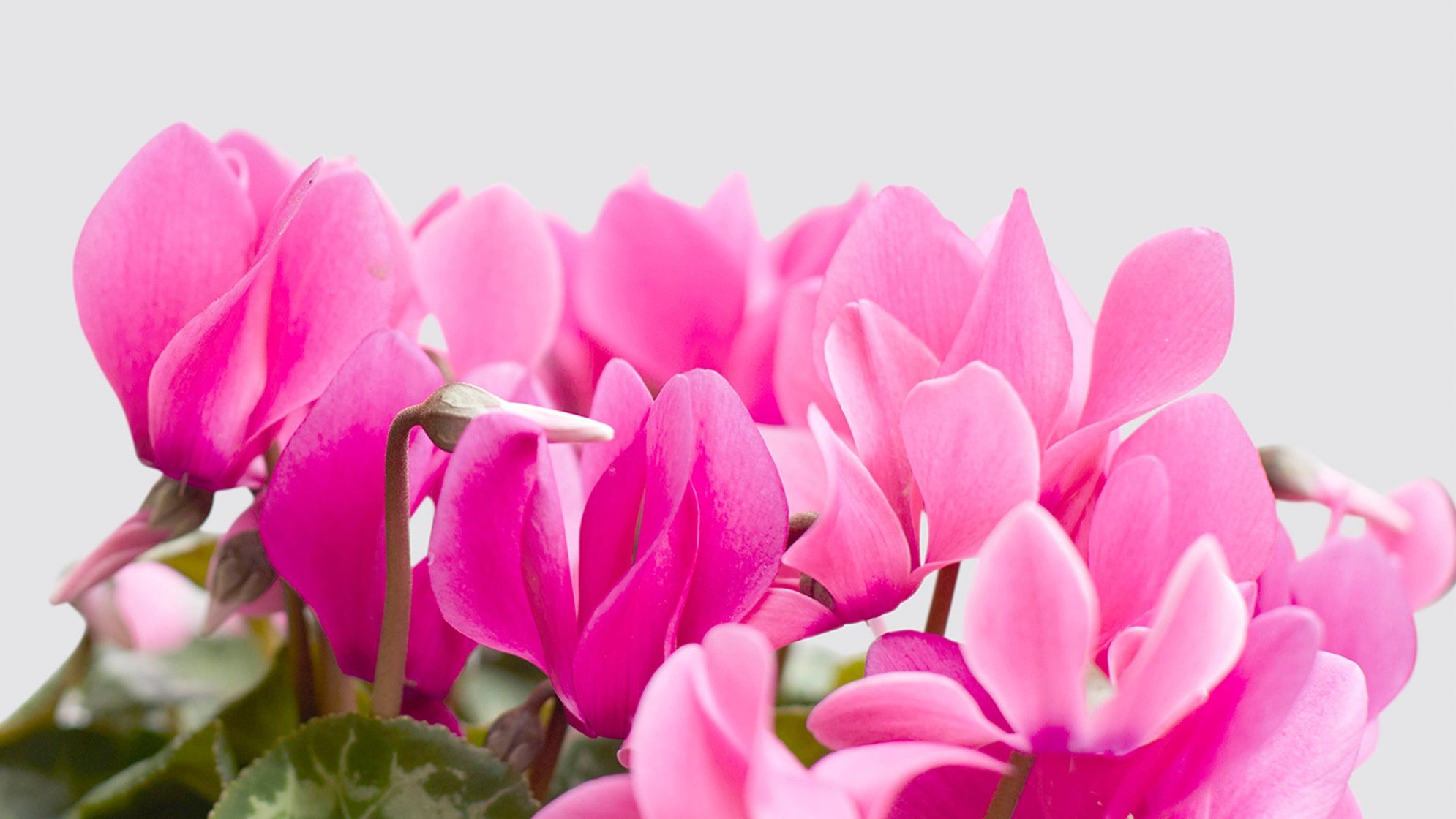
Complete guide to cyclamen care
Cute and colourful, indoors or outside
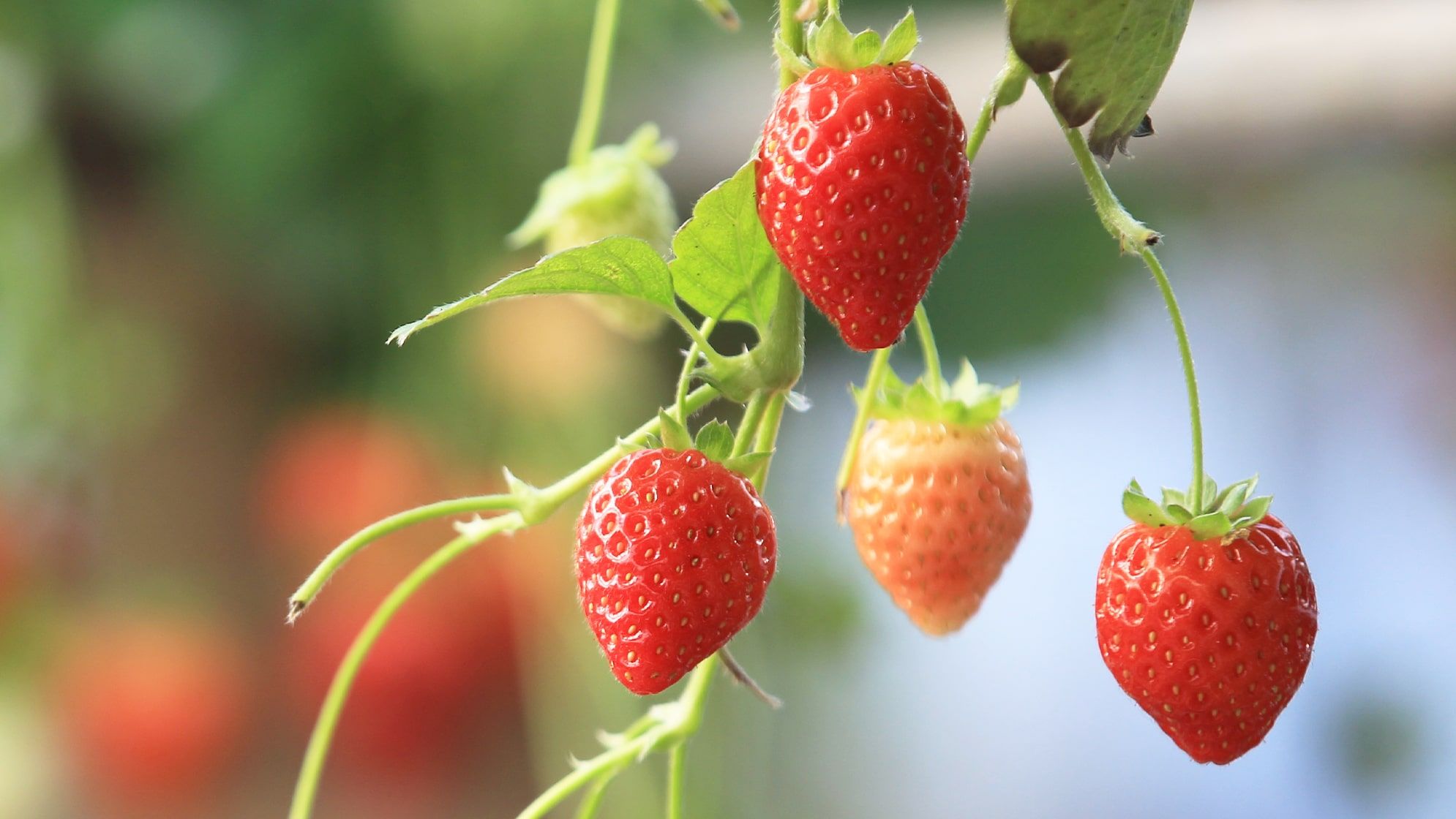
How to grow strawberries
Get into the summer spirit and grow your own strawberries.
